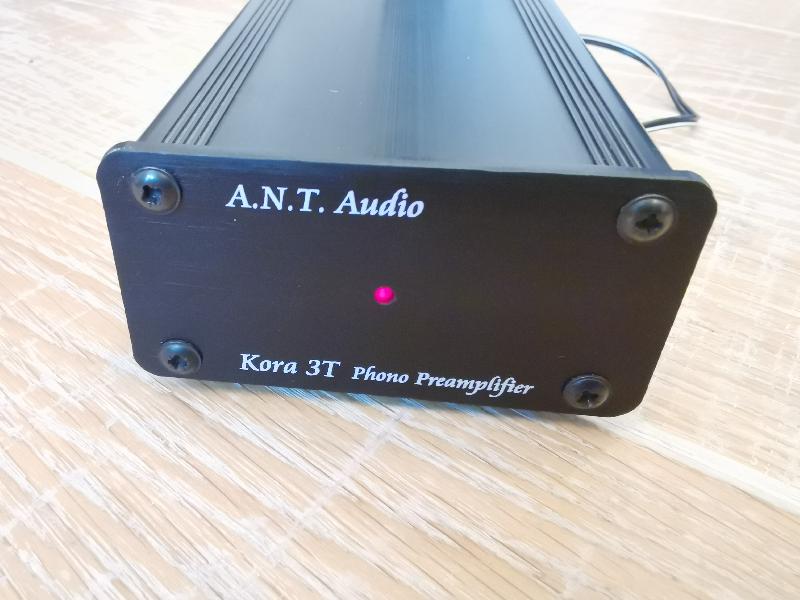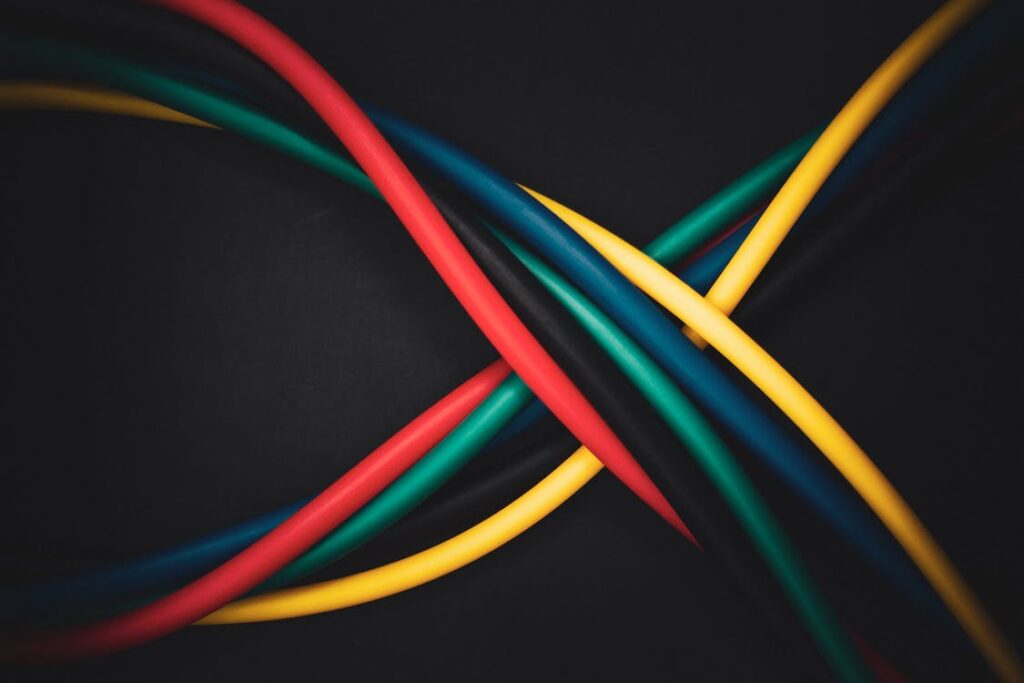The Pioneer PL-12D, like the first Volkswagen Golf, marked the beginning of a generation of low-cost, high-quality goods that got the job done quickly and efficiently. It was a turntable designed to eliminate rumble, wow, and flutter, as well as bearing friction, from budget purchasers. Of fact, it possessed all of these evils, but at such low quantities that they were not a concern. The new Pioneer, with its rubber-decoupled motor and belt drive, was sylph-like and intelligent in comparison to rivals from BSR, Garrard, and its ilk, most of which operated noisy, bulky rim-drive systems. It not only sounded the part, but it also gave the impression that you’d simply advanced a decade from agricultural designs like the old Goldring Lenco GL-69.
The PL-12D was released in 1974 and sold in large quantities for its £40 retail price. The deck’s arm was good enough to track at 1.5g when paired with a Shure M75ED cartridge, which was a far way from the 3g-plus your average Garrard could manage at the time. The deck also came with a teak-effect plinth and smoked plastic dustcover, which was the pinnacle of luxury for a cheap record player at the time. Naturally, the Pioneer went on to set sales records, but after a few years at the top, machines like Sansui’s SR-222 and Trio’s KD-1033 began to challenge the PL-12D; these were all excellent sounding machines that cost around £50 including cartridge and looked sleeker and more modern than the PL-12D. As a result, in 1978, the company’s evergreen product was phased out in favor of the new PL-112D…
It had the same fine appearing spun-alloy platter, smooth belt drive mechanism, and good quality S-shaped tonearm with well-adjusted radial bearings and all-manual operation as its predecessor, but added an integrated platter that wasn’t sprung like its predecessor. A little stylus alignment assist was also removed. The 112 was significantly more pleasant to use, with a silky damped cueing lever that felt like a million dollars, and it was also a far more appealing proposition to look at. Sadly, though, this did not translate into sales.
The deck didn’t seem to sound as unique as the original four years prior, and while it was easier to use, it didn’t stand out against the quickly growing competition. By 1978, it seemed like everyone had a £60 manual belt-drive deck, and the Pioneer was no exception. It’s not a bad deck; it’s just not very unique. It’s smooth, warm, sweet, and full-bodied acoustically, but it lacks the grip and intelligence of the SR-222/II Improved (which surfaced a year or so later). In terms of cartridges, it’s a good fit for less expensive Shures, while Ortofon VMS20Es can be used to get a more delicate, less punchy sound. Nowadays, it’s best to use an Audio Technica AT-95E, which produces a great, clean, musical sound.
The Pioneer PL-112D was one of the ‘almost men’ of the hi-fi world, overshadowed by its near-perfect (at the price) parent. They’re practically cheap to purchase these days – a mint packaged example shouldn’t cost more than £90. It’s a fantastic method to play vinyl on a budget, and it’ll probably last another four decades if you give it a good cleaning and a new belt.





